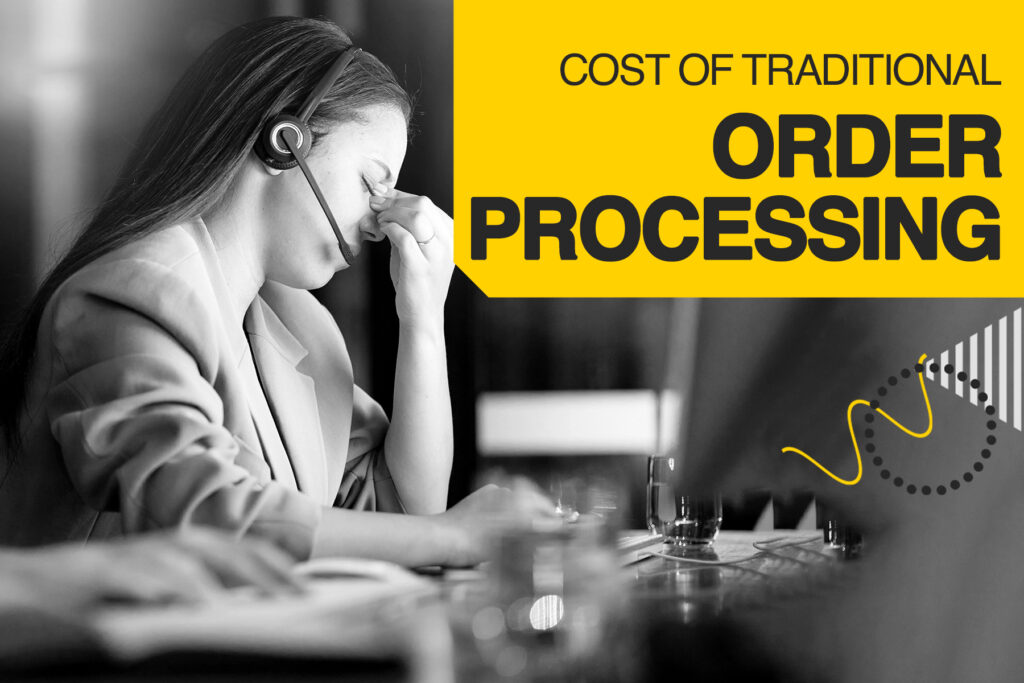Writing about the advantages of electronic order processing seems unnecessary since it is widely recognized that this method is significantly more cost-effective. However, have you ever contemplated the expenses associated with processing a manual order?
Manual order processing involves a human who is responsible for transferring order information from one format to another. Even if your company utilizes an ERP system to store orders, the requirement for manual data entry can result in substantial costs.
Costs of manual order processing
According to research conducted by Eseker on Average Cost per Sales Order, cost of processing a paper laden order ranges from $7 to $40 per order.
Manual order processing involves several labor-intensive tasks, which can result in substantial expenses for businesses. Let’s delve into the specific areas where costs can arise.
Human Labor Cost
Human labor plays a significant role in manual order processing. From receiving and reviewing orders to validating payment information and preparing shipping labels, each step requires dedicated manpower. Businesses must consider factors such as wages, training, and employee benefits when calculating the true cost of human labor involved in this process.
Mistakes when entering order details
One common challenge with manual order processing is the potential for errors during order entry. The manual input of customer information, product details, and pricing can lead to inaccuracies. These mistakes can result in customer dissatisfaction, increased customer service efforts, and even lost sales opportunities.
Addressing and rectifying these errors incurs additional costs for the business.
Mistakes When Retyping Shipping Addresses
Another factor contributing to the costs of manual order processing is the occurrence of mistakes when retyping shipping addresses. These errors can result in delayed deliveries, package returns, and additional shipping expenses.
Furthermore, the time and effort required to correct these mistakes can cause inefficiencies within the supply chain and impact customer satisfaction.
Cost of Changes to the Order
Order changes are inevitable in the business world. However, when it comes to manual order processing, making changes can be time-consuming and costly. Each modification requires manual intervention, which may involve contacting multiple departments, revising paperwork, and adjusting inventory records.
These repetitive tasks add up to additional expenses and can prolong order fulfillment timelines.
Conclusion
In conclusion, the cost of manually processing orders encompasses various elements that significantly impact a business’s financial health. The expenses associated with human labor, mistakes in order entry, errors in shipping addresses, and the cost of changes to orders can mount up, affecting the bottom line and overall operational efficiency.
To mitigate these costs and enhance order processing efficiency, businesses should consider embracing electronic ordering systems. Ecommerce platforms, API integrations, and EDI solutions.
These offer automation, accuracy, and streamlined processes, thereby reducing human error and associated expenses. By transitioning from manual processing to electronic systems, companies can save costs, improve customer satisfaction, and gain a competitive edge in today’s fast-paced business landscape.


